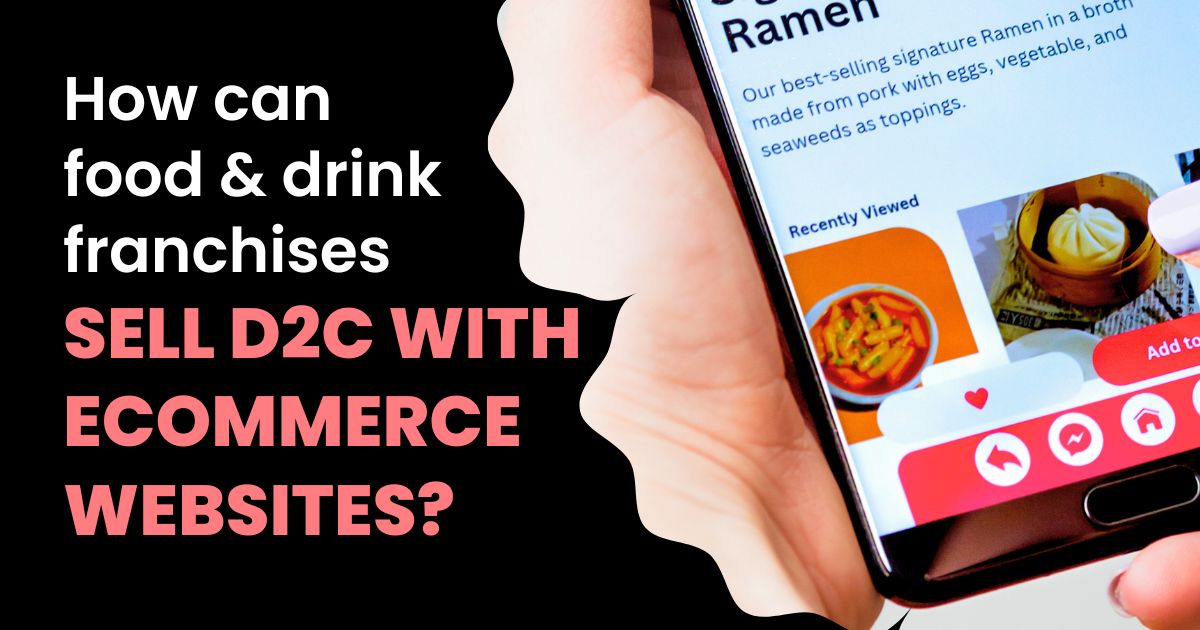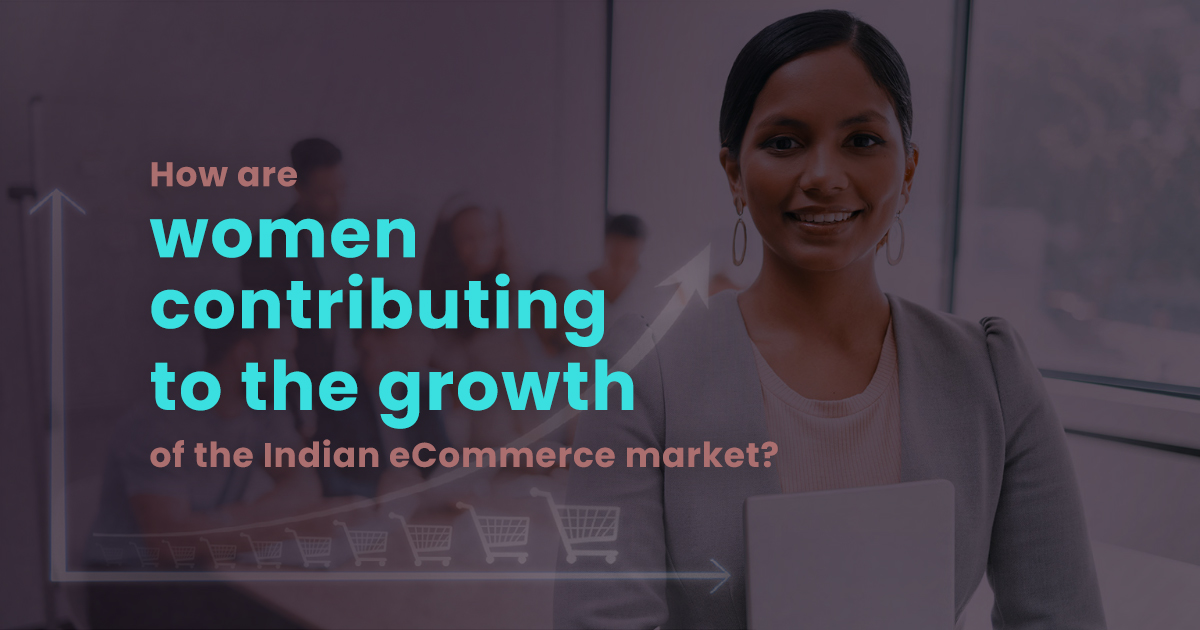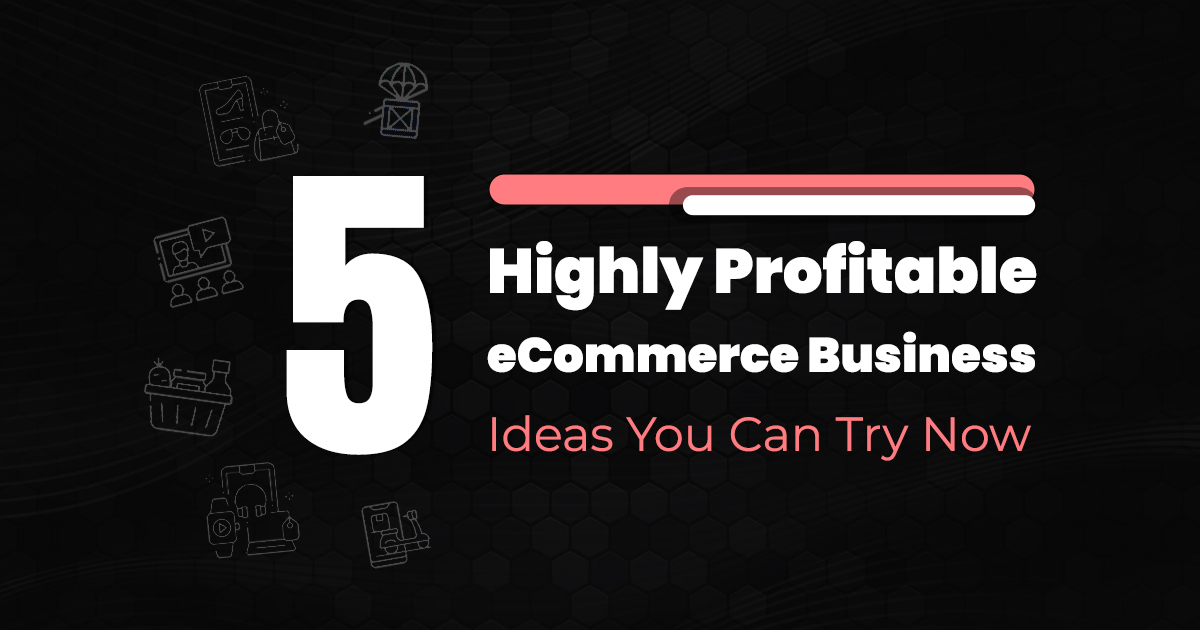A Comprehensive Checklist on eCommerce Website Development and Design
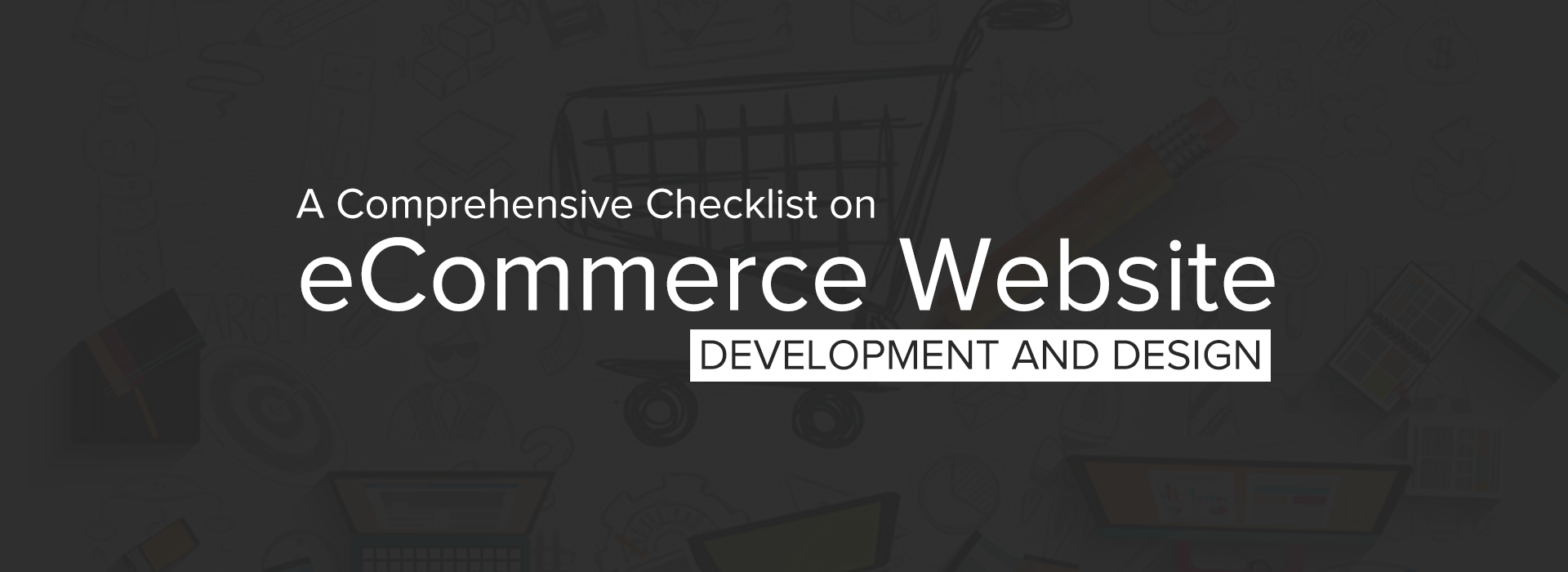
-
Open Source or SaaS based eCommerce Website
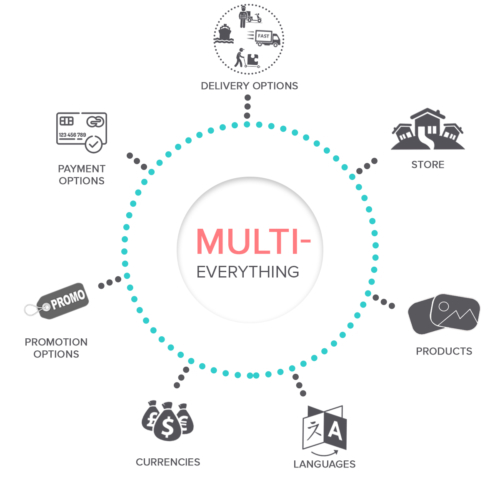 eCommfy offers, both pre-designed and custom made SaaS based eCommerce web stores because of the technical edge. These platforms provide high scalability, tighter security, data-intensive storage, attractive designs, and much more.
However, the choice of platform depends upon the scale of operations of the businesses.
eCommfy offers, both pre-designed and custom made SaaS based eCommerce web stores because of the technical edge. These platforms provide high scalability, tighter security, data-intensive storage, attractive designs, and much more.
However, the choice of platform depends upon the scale of operations of the businesses.
-
Create a Multi-Device Optimized Website
-
Publicize Logos of Branded Products
-
Extend Chatbot Assistance
-
Have a Search Bar on Every Page
 A search bar on all pages can boost your sales by up to 30% — a monetary figure you would not want to lose.
A search bar on all pages can boost your sales by up to 30% — a monetary figure you would not want to lose.
-
Give Multiple Payment and Delivery Options
-
Sketch a Hook-Worthy Home Page
-
Suitable Product Categorization
-
Win the Customers’ Confidence
-
Show Cart Summary
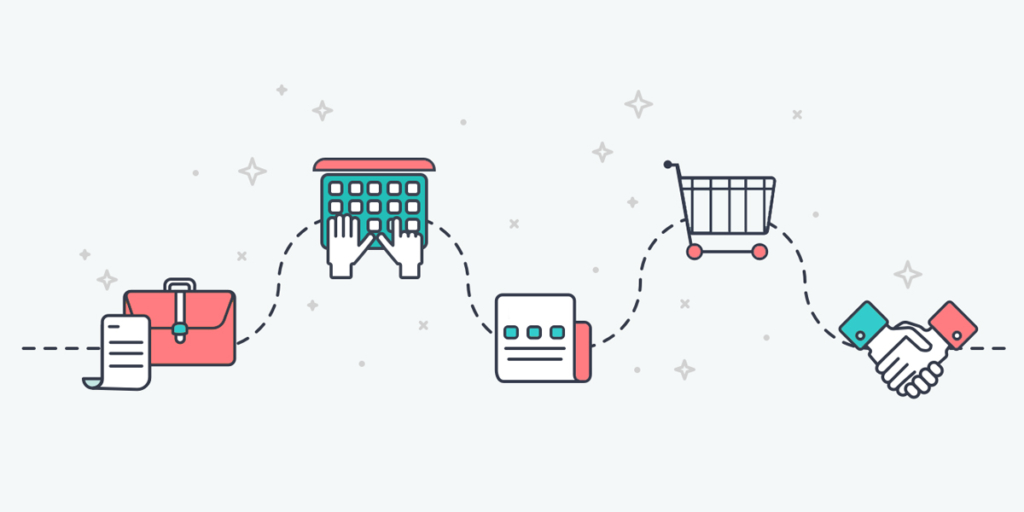 Also, this button should opt as a direct checkout option for the purchasers. On clicking it, they should be directed to the checkout page.
Also, this button should opt as a direct checkout option for the purchasers. On clicking it, they should be directed to the checkout page.
-
Conduct an Awesome Photoshoot
-
Highlight Deals and Promotions
-
Cash-On the Trends
-
Add Sorting and Filter Options
-
Customer Reviews are the Best Form of Marketing
-
Generate Sales Via Upselling and Cross-Selling
-
Show the Number of Items Left
-
Must Have Buttons: Buy, Add to Cart, and Add to Wishlist
-
Tell Ways to Get In Touch
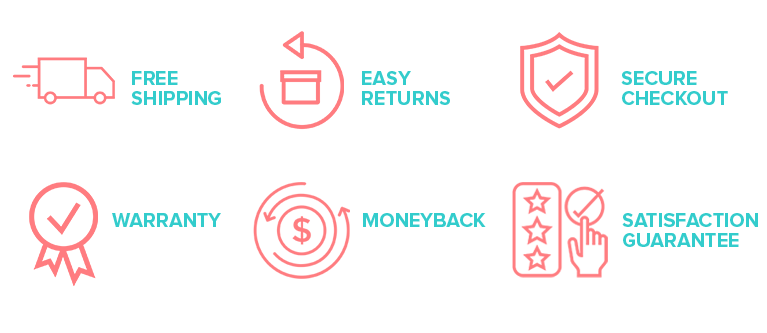 And they feel assured knowing the way to reach customer-care ASAP when the need arises. Hence, you should mention/highlight the Contact Us details on every page.
And they feel assured knowing the way to reach customer-care ASAP when the need arises. Hence, you should mention/highlight the Contact Us details on every page.
-
Product Images and Videos
-
Give Constant Updates on the Delivery
-
Do Not Deliver Cost Surprises
-
Extend Options to Edit the Cart Items
-
Provide Product Descriptions
-
Choose the Ideal Checkout Process
 To know more about the processes in detail, refer to our blog on four checkout processes.
To know more about the processes in detail, refer to our blog on four checkout processes.
Your Inputs are Welcome
So these are our 25 inclusions in eCommerce website development and design checklist. The list will help in giving the perfect boost for launching your online store. If we’ve missed some points, then please feel free to let us know through the comment section given below.Subscribe to our Blog
Read our newly created blogs delivered straight to your inbox.
